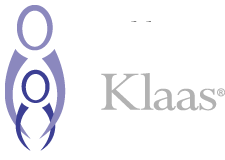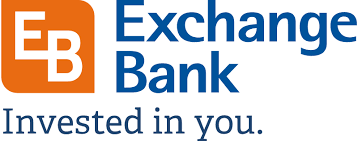
We are dedicated to the safety of all children, the recovery of missing children, and public policies that keep children safe in their communities.
Since our founding in 1993, the Foundation has used our compassion, experience and professionalism to help more than 10,000 families find missing children.
Report your Child Missing
Volunteer for Rapid Response
Make a Donation
Help Stop the Sex-Trafficking of Minors
Rapid Response Volunteers
Missing Childrens Cases
Do you know or suspect a child is missing? Report a missing child 1-800-587-4357
Donate
Your Vehicle
(residents of CA only)
Polly Klaas Community
Theater
Download
Free Safety Kit
We Have Helped Over 10,000 Families With Missing Children, Since Our Inception
Polly Klaas Foundation
The Polly Klaas Foundation is a Petaluma, CA based, national nonprofit dedicated to the safety of all children, the recovery of missing children, and public policies that keep children safe in their communities.
Since our founding in 1993, the Foundation has used our compassion, experience and professionalism to help more than 10,000 families find their missing children.
POLLY’S STORY
Read Polly Klaas’ story and learn how a local search effort sparked a worldwide movement dedicated to finding and protecting missing children.
You can begin helping us today by making an online donation!
$25
$50
$100
$250
$500
Other
I appreciate your help and thank you for all the work you put into my daughter’s file. I am so thankful organizations such as yours exist and will never forget how helpful you were in my time of need.
Your flyers are consistently producing two to three leads per week and they are essentially what is keeping the investigation moving forward. Thank you for your help.
Our Partners & Sponsors
The Polly Klaas Foundation is deeply grateful to the partners who play an important role in our mission to help find missing children and prevent children from going missing.



